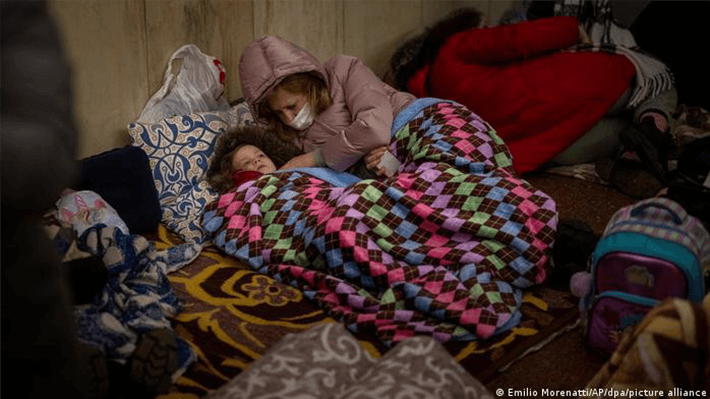
MRO and environment
When we talk about protecting the environment in the context of industry, we most often think of initiatives to reduce emissions into the atmosphere, recycle industrial waste and use natural resources carefully.
These issues indeed receive a lot of attention at the international level. In various industries, new standards are being introduced to reduce the impact on the environment.
At the same time, it can be noted that discussions about environmental optimization rarely touch on maintenance and repair (MRO) issues. Although in the fight to save the environment, it is important to learn not only to recycle or reuse, but also to keep things working longer.
This applies to both industrial products and production assets. Sustainability strategies, circular business models and responsible consumption are inextricably linked to life cycle management. And it is in this direction that MRO optimization should move, relying on Industry 4.0 technologies.
Efficient means responsible
Digital transformation has already given manufacturers the tools to increase business performance. IT systems such as SmartEAM provide flexible control of hundreds of parameters, making production more profitable and more stable. But the industry can no longer remain only efficient, business must become responsible.
In practice, this means reducing the negative impact on the environment while maintaining high productivity. One of the possible ways is Lean Maintenance, a lean maintenance strategy aimed at reducing the number of processes that do not bring value (Non-value added activities, NVA).
In the context of maintenance and repair, this means creating a highly efficient system without equipment downtime, waiting for spare parts, defects and waste. It sounds utopian, because many planned maintenance activities do not bring obvious value: performance monitoring, inspections, overhauls, preventive maintenance.
In practice, for Lean Maintenance it is more important not to abolish NVA processes, but to optimize them, ensuring the rational use of resources.
To begin with, it is necessary to determine the strengths and weaknesses of MRO, based on key metrics. After analyzing the results, you can start looking for conflicts with the principles of Lean Maintenance:
– organization errors (lack of necessary spare parts, documentation, tools);
— Incorrect data processing (failure to collect the necessary information, lack of failure history, errors in root cause analysis);
– overproduction (preventive actions are performed more often than necessary);
– waiting (waste of time due to lack of resources, data, orders, free personnel);
– poor inventory management (deficit or excess of resources in the warehouse);
– optional actions (repetition of processes without taking into account the state of the equipment);
— defects (low quality of service processes);
– irrational distribution of personnel (the use of highly qualified specialists to perform ordinary tasks).
The use of IT tools for monitoring, managing and planning maintenance and repair allows you to reduce the role of NVA processes, while maintaining high maintenance efficiency. Thanks to such solutions, the company extends the life of assets and reduces the negative impact on the environment, while maintaining the competitiveness of production. But this is only the first step on the way to global transformation.
Something more
Lean maintenance, energy management optimization and digitalization of business processes bring production closer to the circular economy.
It is designed to create business models with more efficient use of resources. Currently, about 2/3 of all materials passing through the production cycle are wasted. Resources are scattered around the planet in the form of waste.
MRO optimization can partly change the situation, encouraging enterprises to focus on existing infrastructure and assets, instead of mindless consumption, replacement and expansion.
The transition from a quantitative to a qualitative approach is consistent with the principles of sustainable development (Sustainable). Based on such a corporate culture, a new maintenance and repair strategy can be built.
Some of the practices in this scheme will have an exclusively technological development vector (green), and some will require organizational changes (orange):

Sustainable Maintenance is a fundamentally new level of transformation of business processes, which affects not only the environment, but is closely intertwined with the social and economic aspects of the industry.
Best practices
With the cost of raw materials, energy, processing and service costs rising, companies are increasingly looking for ways to launch closed-loop models.
And optimization of maintenance and repair, against the background of other more complex and costly projects, looks like a very attractive solution. Equipment maintenance goes hand in hand with the efficiency, safety and profitability of its use. Insignificant, at first glance, actions can trigger changes in three directions at once:

From an environmental point of view, the optimization of maintenance and repair reduces the amount of waste and emissions into the atmosphere, reduces energy and water consumption.
In social terms, the transformation of maintenance and repair makes it possible to improve working conditions, reduce the number of injuries and accidents at work.
For the MRO economy, it serves as the foundation for a highly efficient, standardized, and responsible business.
As a result, such a transformation will be beneficial for both industry and society. All that is needed is a high-quality management ecosystem, varieties of which are already on the market in the form of solutions in the Industry 4.0 concept.




